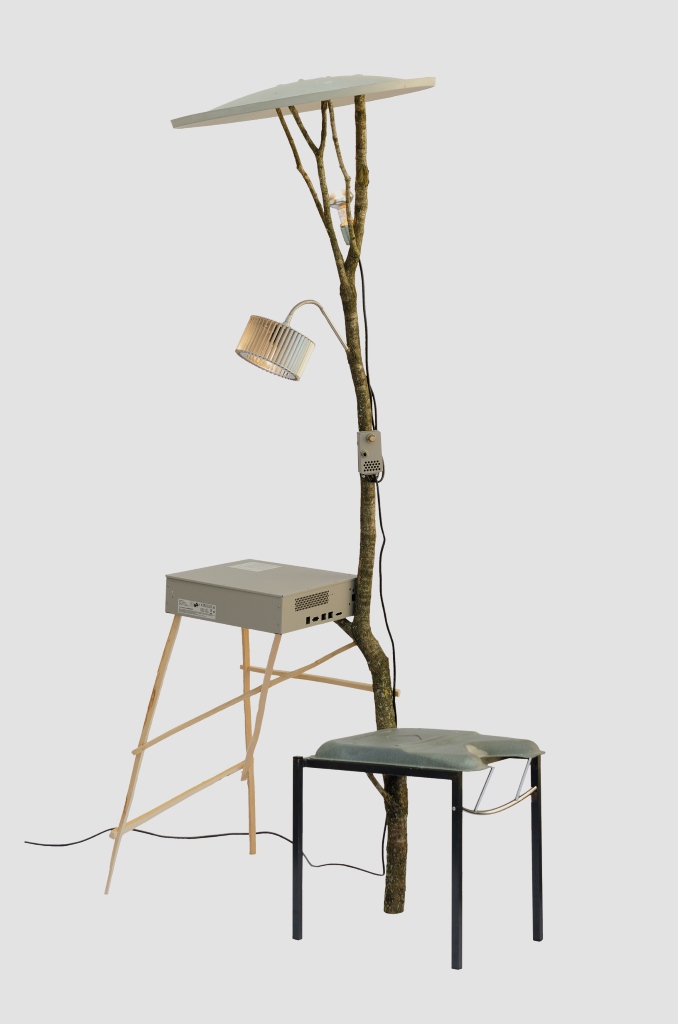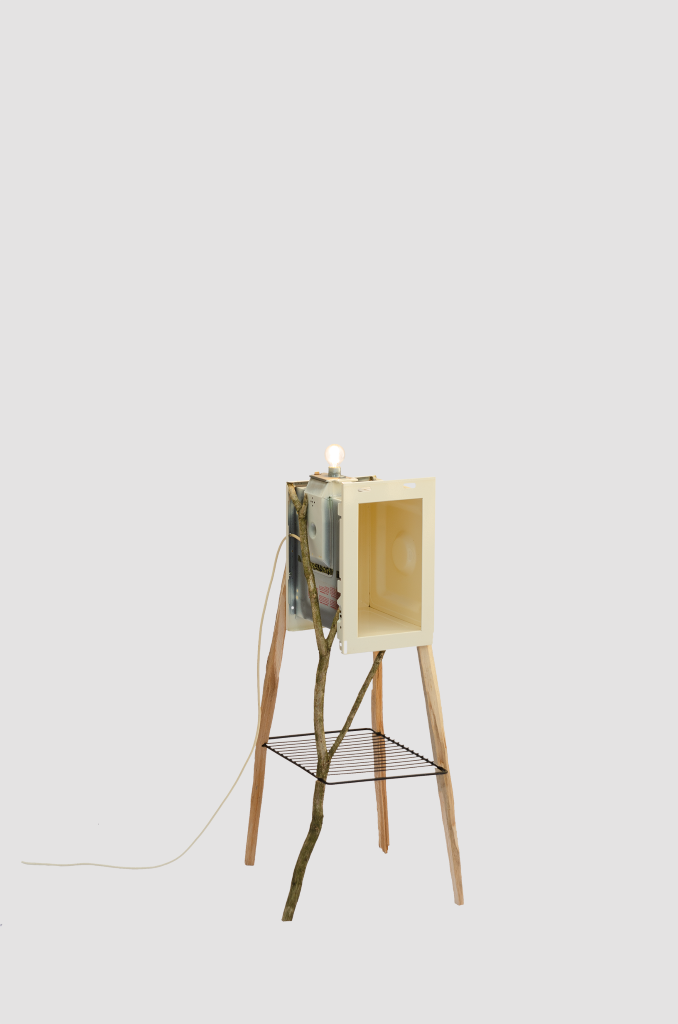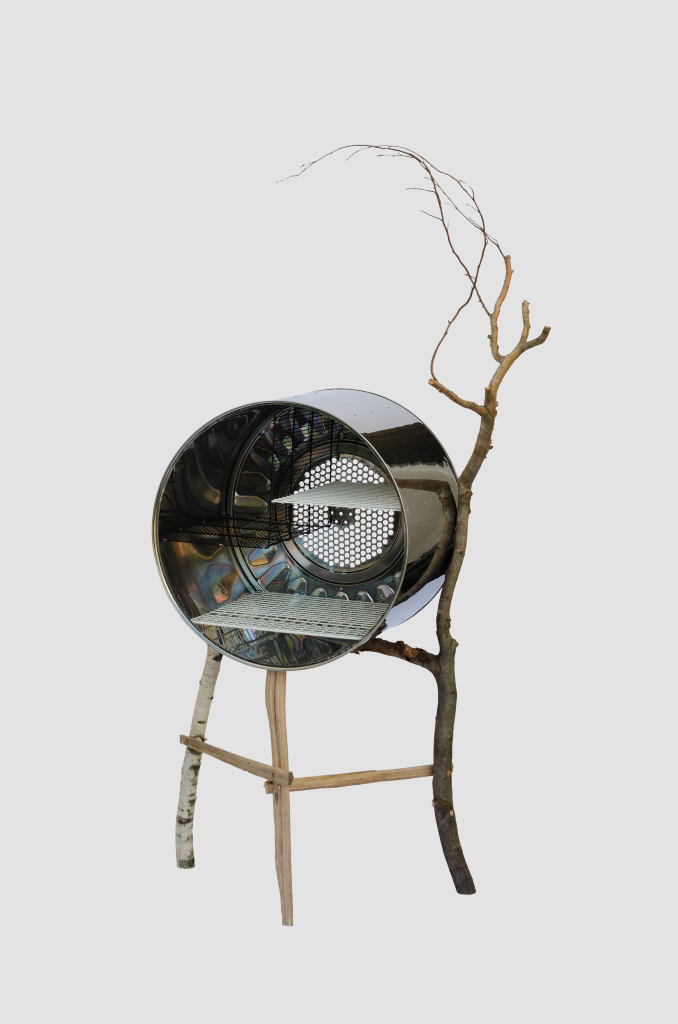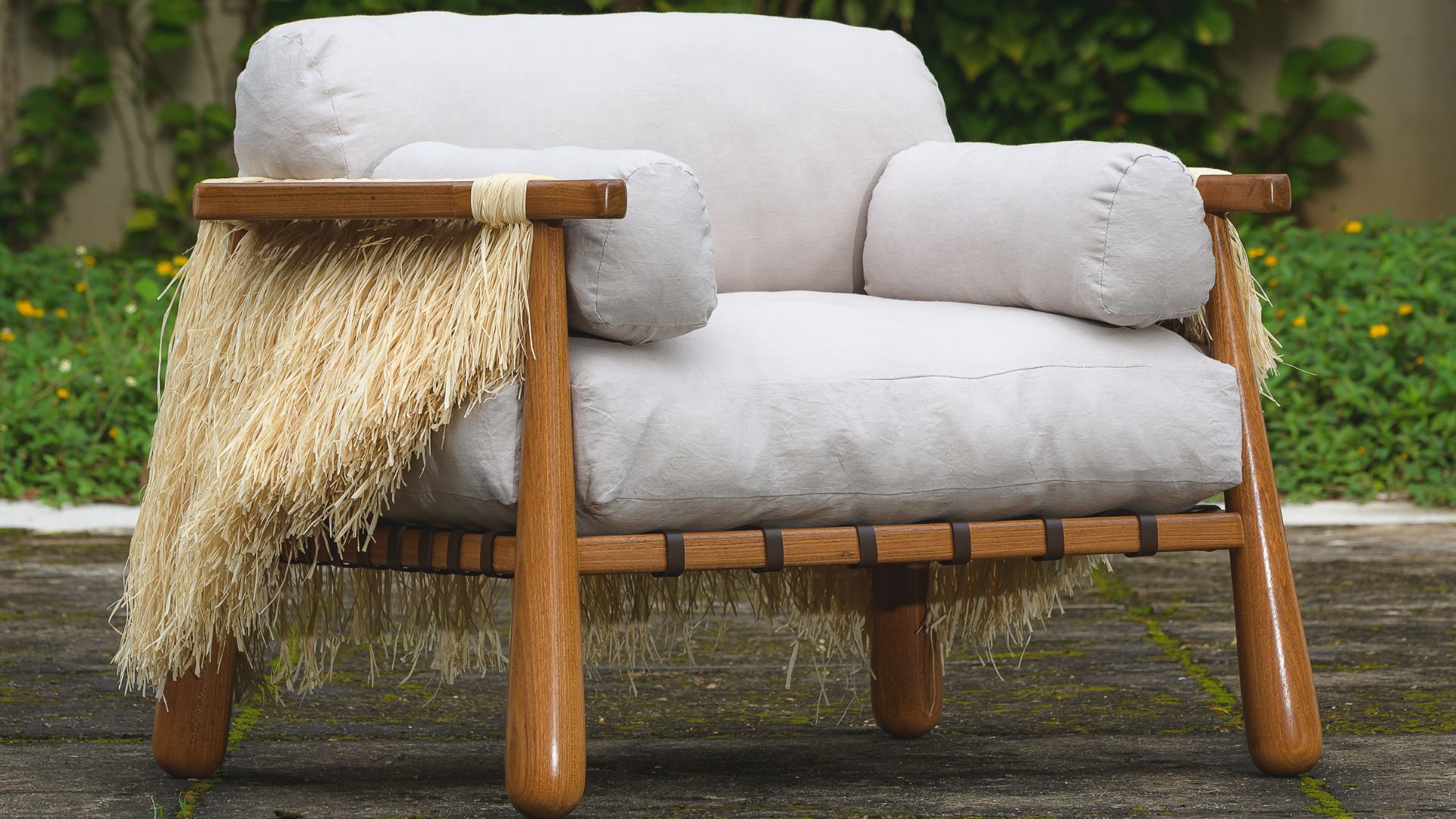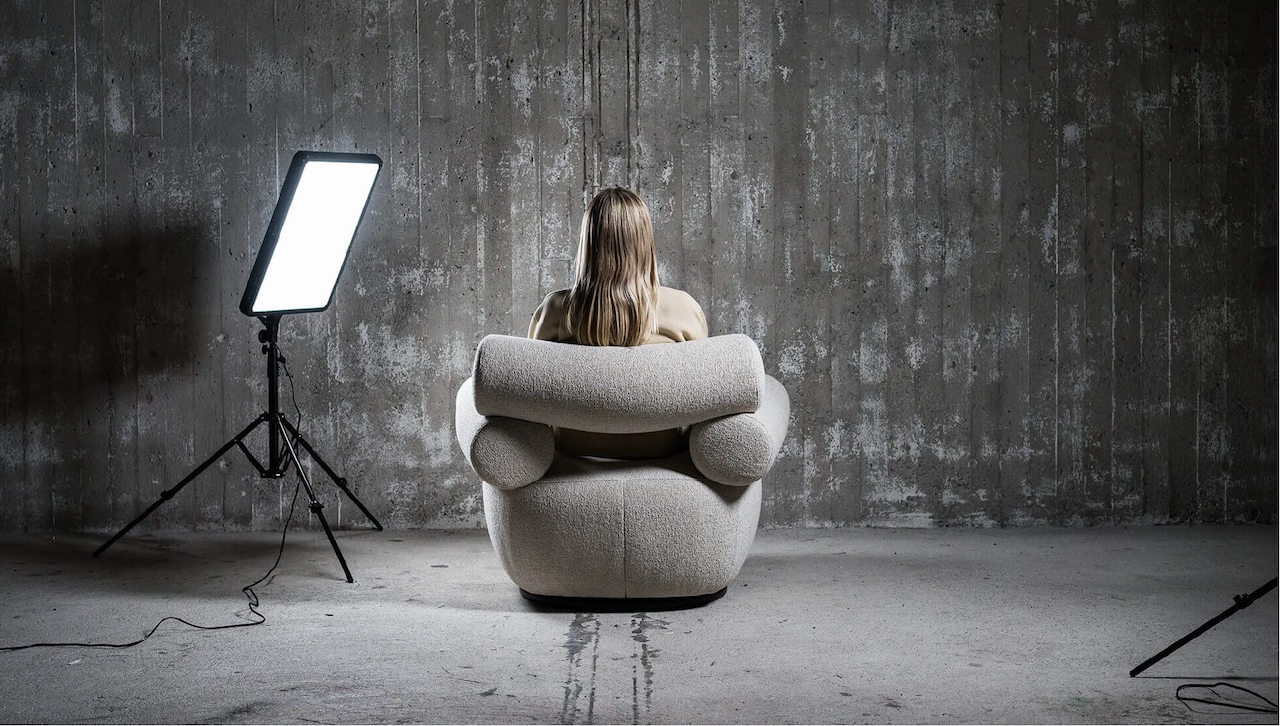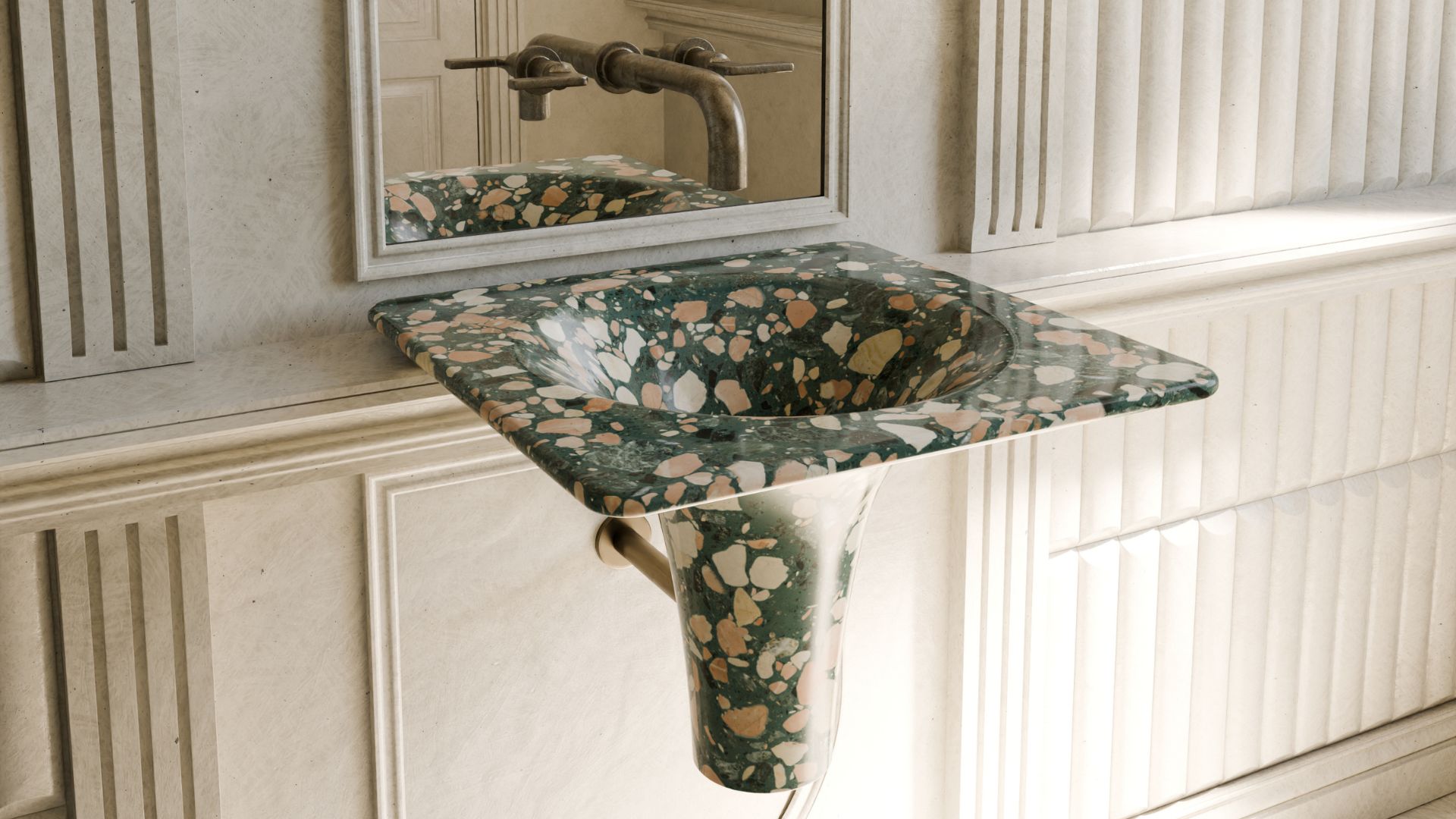Reusing waste in synthesis with natural materials: Matters of Reassembly
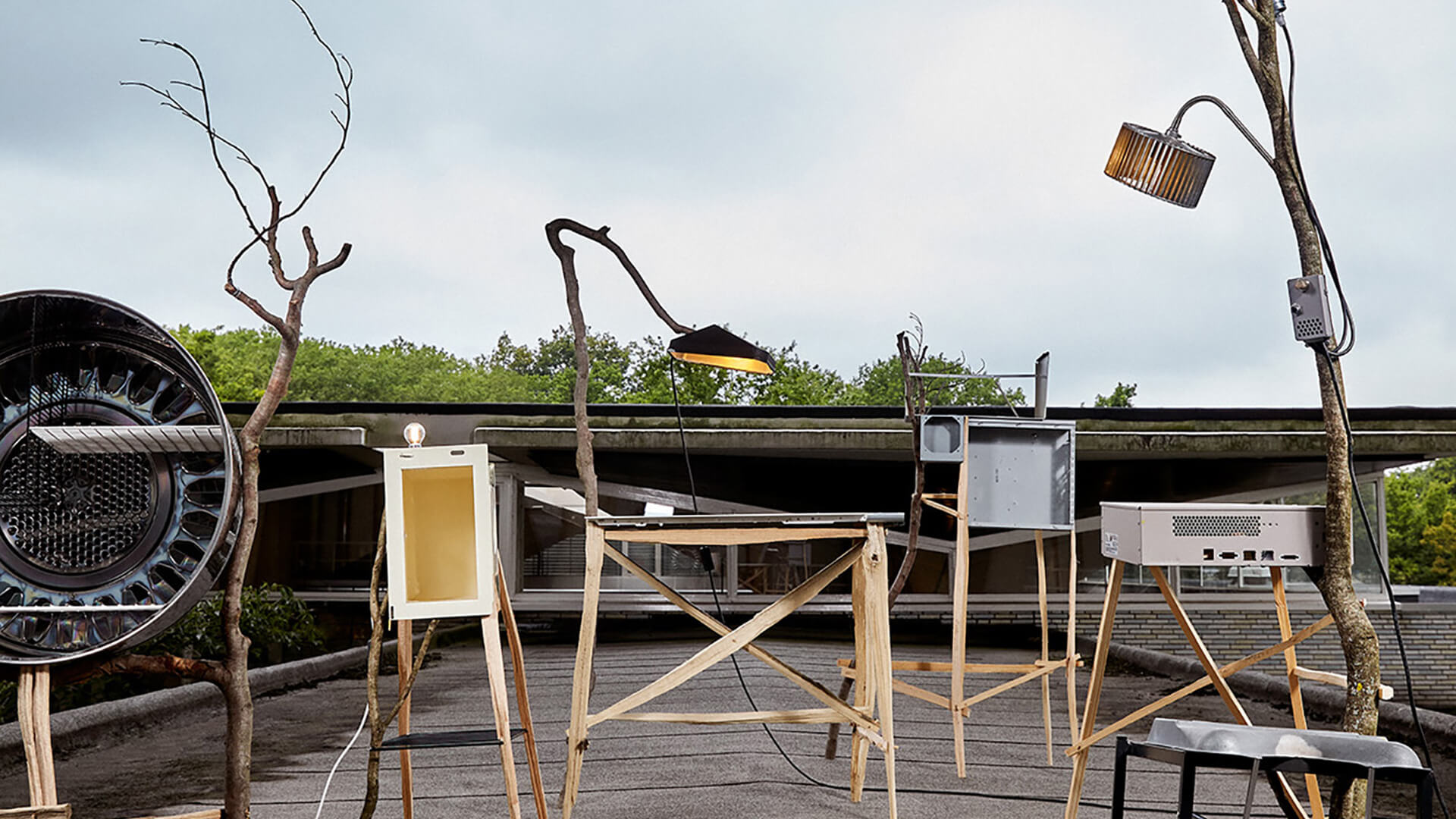
Jan-Micha Gamer debunks the waste myth through Matters of Reassembly, a project developed for his Master’s degree in Social Design. Materializing the interweaving of humans and material, he combines discarded objects with natural elements to create interior products.
The notion of waste is a social construction that has led to modern society’s throwaway culture. The term ‘waste’ is a subjective label as it is associated with products that have lost their utility and value – therefore anything can be called waste.
Matters of Reassembly asks whether it makes sense to produce new products when we already live in abundance, and where the disposal is too easy. It advocates for the reuse of elements in order to extend their lifespan.
The concept is about disassembling discarded products and combining them with natural materials in order to create new objects. On one hand, this combination can be seen as an act of ‘Biophilia’ which emphasizes the vital connection between humans and nature. On the other hand, this combination shifts the valuation by aspects of new and old, as other measures apply to natural materials – a stone is never new or old. Instead, it challenges the user’s perception of value and consequently confronts with the label – especially in contrast to other furnishing objects.

In sustainable design, the focal point is on timeless design. Matters of Reassembly, however, focuses on courageous combinations and objects with character. This is inspired by Kaplan’s Attention Restoration Theory, which states that people are more likely to establish intimate connections with objects that have distinctive characters. As a result, it becomes much easier to like and dislike an object. A liked object is consequently used for a longer period than an object that is rather mediocre. If someone does not like an object anymore, it can be easily passed on or taken apart for something new.
Therefore, this makes each item of furniture only a temporary assembly of different elements which are reused repeatedly to extend the product’s life cycle. Each element is changed as little as possible and thus, stays reminiscent of its former use. This allows for the creation of a unique story and contrasts the mass-produced and often lifeless products used in our everyday lives.
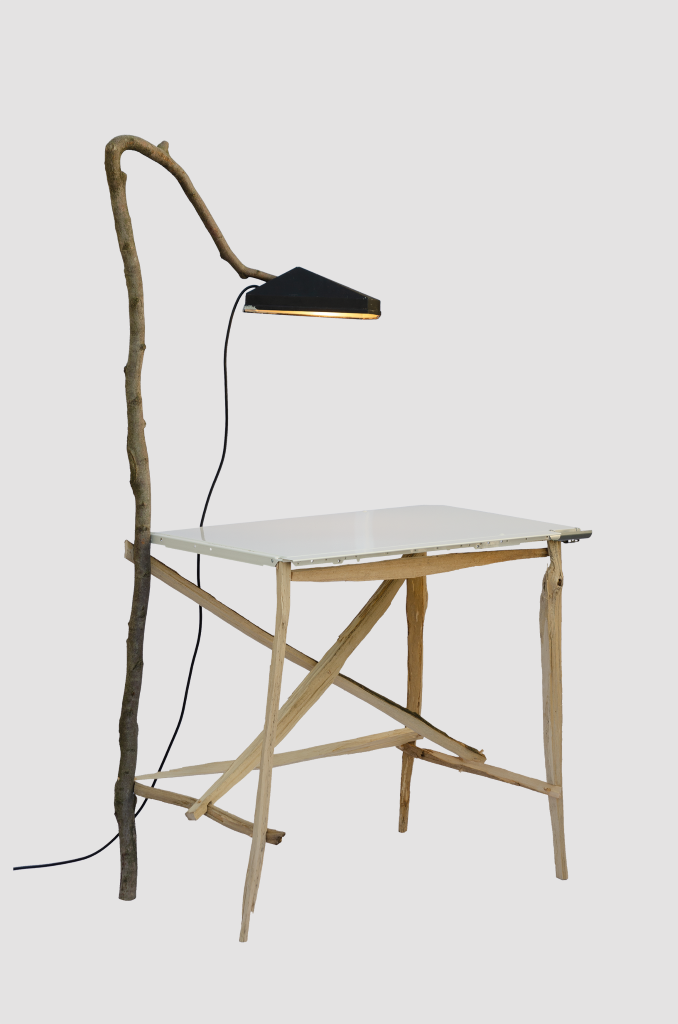
Hence, Matters of Reassembly is an example of what can be considered to be the full extent of sustainable manufacturing whereby only human power and energy for machines are used. In addition, the life cycle of discarded elements is extended.
Each element within an object has an individual code engraved, that has been entered into the digital archive. The archive contains information on their origin, classification and re-assembly. This archive can be accessed by both the maker and the user. Each reuse of an element can be added to the information in the archive, to be able to trace the duration of use and the new purposes.
How sustainable can the furniture industry become? Take a look at DesignWanted’s investigation around Sustainable Furniture Design!



